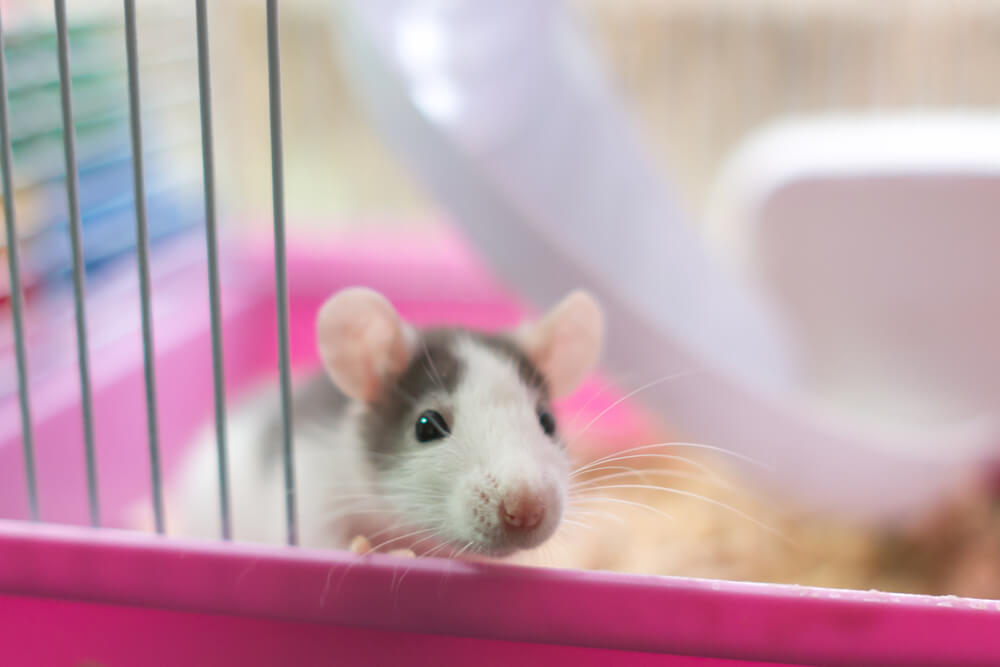The experience of the rat park is one of the most suggestive in the subject of addictions, rats are widely used animals to perform ‘psychological experiments’, due to their enormous genetic similarity to humans: 95% of the genomes of rats and humans are identical.
However, the use of mice in research always occurs under controlled conditions, i. e. in laboratories. Most experienced animals remain isolated in cages, with almost no contact with the outside world. This is, of course, an unsalted condition for animals of this species.
- “The attitude inherent in consumerism is to devour the whole world.
- The consumer is an eternal child who cries when he claims his bottle.
- Is this evident in pathological phenomena.
- Such as alcoholism and drug addiction?.
- Erich Fromm?.
In the 1960s mice were used to study addictions. In addition, the “Skinner boxes” were also used. They are designed with electrical appliances that reward food or punish with electric current.
This pattern allowed a study of behavior, at least from the point of view of behavioral psychologists. The rat park experience was a break with this paradigm. Let’s look at the theme in more detail.
What the drivers did in the 1960s was introduce a rat feeding device through surgery.
They were then isolated in Skinner boxes, i. e. in individual cages, then learned to press an internal lever into the cage, when they did, they self-administered a substance: psychoactive drugs.
In almost all cases heroin has been used, one of the most addictive drugs out there, the fact is that every time the mice moved the lever, they immediately received a small dose of the drug.
For example, the researchers noted that some of them, in certain circumstances or sometimes, repeatedly resorted to consuming large amounts of psychoactive.
Some rats have forgotten to eat or drink water, but have not forgotten the use of heroin, so several of them died during the experiment.
The researchers concluded, by analogy, that if people had access to these drugs, they would have the same luck as mice.
It was then that Professor Bruce Alexander appeared on stage with a group of researchers from Simon Fraser University in Canada, who proposed the rat park experience.
Professor Bruce Alexander believed that the isolation of rats did not allow us to draw objective conclusions.
All the rats used were albinos, descendants of Norwegian rats, it is a sociable, curious and intelligent species. Being in a cage was not his natural way of life, and on the basis of this reflection the idea of experiencing the rat park was born.
Alexander wanted to see if free mice would also act in the same way as caged mice. Was there an innate tendency to addiction? When using drugs, was the only possible fate to dive into them to death?
To answer these questions, Alexander began the experiment with rats in 1977 and his research team divided the animals into two groups.
Some would remain in conventional laboratory cages, isolated from each other. For the other group, a very large area was built, 200 times larger than a cage, this space simulated a natural and wooded park.
As the site was very similar to a park, the research was called Rat Park Experience. To complete it, the researchers brought other mice from the outside world to interact with those who were captive.
Cage rats and park rats had access to doses of morphine, and researchers gave them the opportunity to drink two liquids: one contained morphine and the other did not. They camouflaged the bitter taste of morphine with a sweet solution.
After a few days, caged mice began to prefer liquid containing morphine. Rats in the rat park also drank the liquid, but several days later.
Caged rats consumed 19 times more morphine than free rats. They seemed to realize the benefits of not using the drug and were reluctant to do so, even if they had tried it before.
Alexander and his team introduced variations, left several rats from both groups dependent, but the pattern remained basically the same.
The experience of the rat park has shown that social isolation is a determining factor in continued drug use.
In turn, the company of the other rats and the freedom of the park have greatly reduced the desire to use drugs, when this happened, the affected rats did their best to return to their normal state, even resisting withdrawal syndrome.

